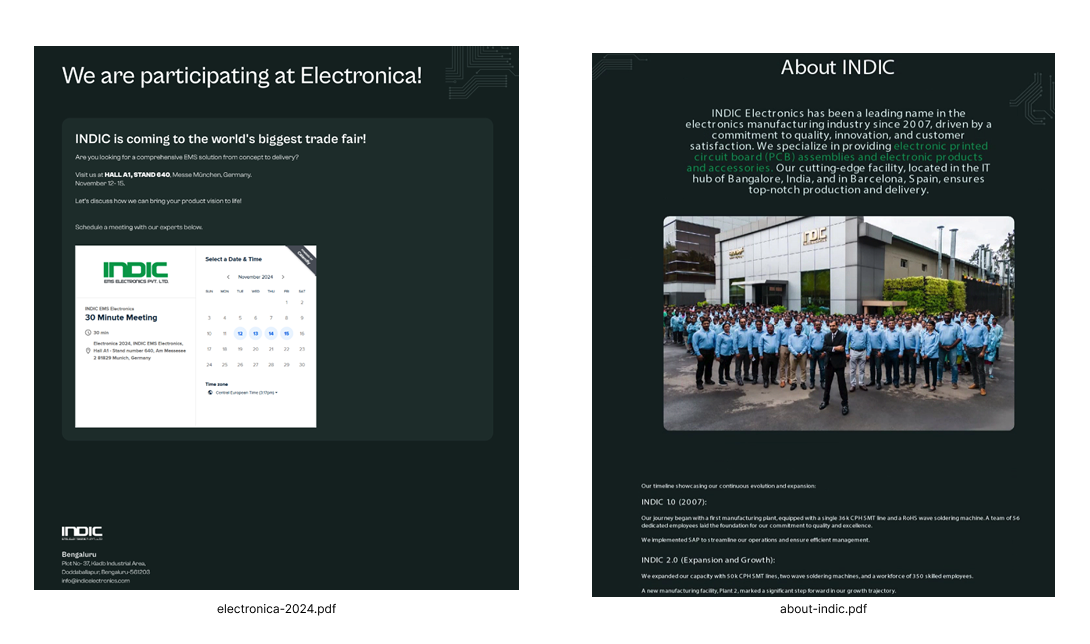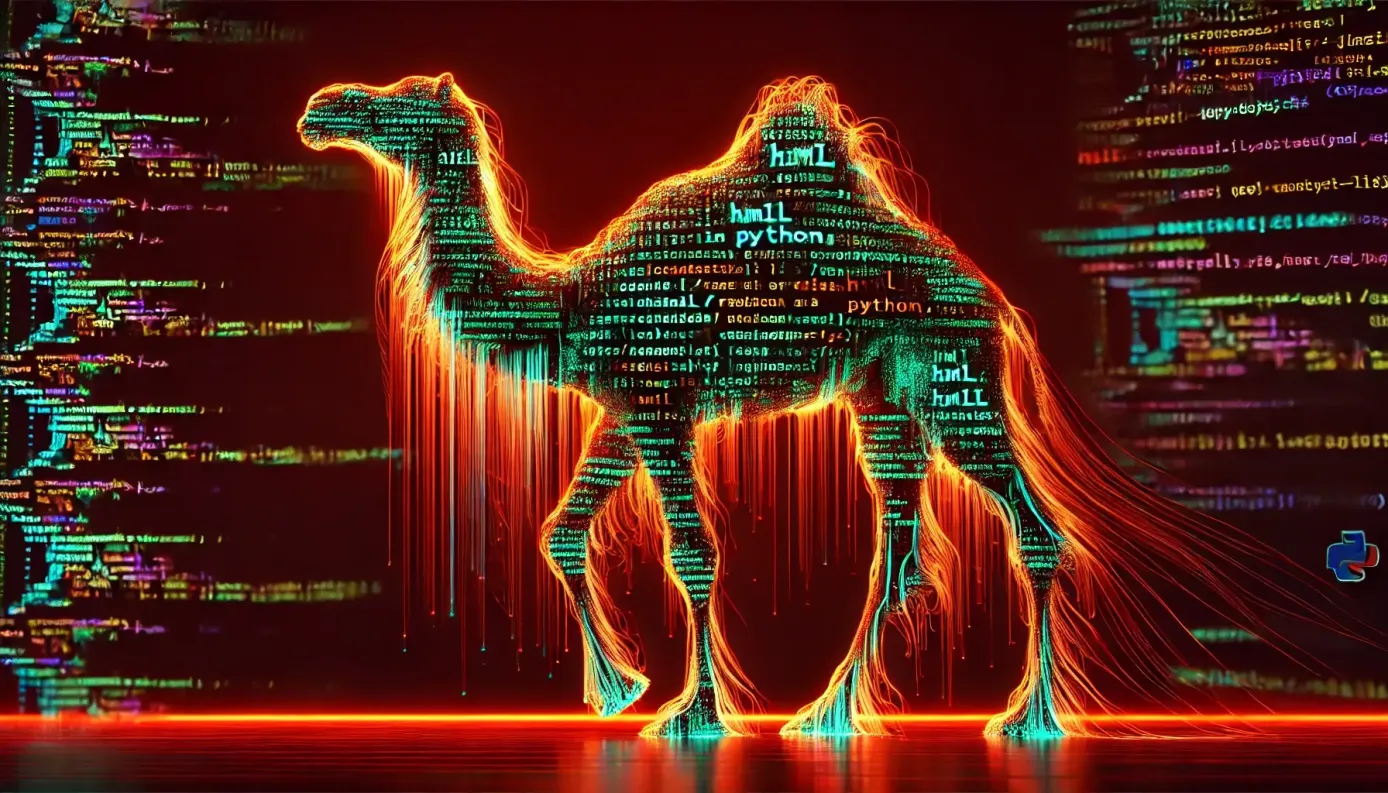By Mario Rojas, Senior Security Researcher.
Executive Summary
A recent Proofpoint investigation uncovered a highly sophisticated, multistage cyber espionage operation targeting key sectors in the United Arab Emirates. The actor, tracked by Proofpoint as UNK_CraftyCamel, executed a meticulously-crafted campaign against a limited number of high-value organsations with interests in aviation, satellite communications, and transportation infrastructure.
This operation underscores the growing complexity of targeted attacks leveraging advanced social engineering and multi-format obfuscation techniques.
This report provides an intelligence-driven analysis of the campaign, its implications for enterprise security leaders and intelligence teams, and key defensive strategies to mitigate the risks posed by this emerging threat.
Threat Actor Profile and Strategic Context
UNK_CraftyCamel: An Emerging State-Aligned Espionage Threat
The operational footprint of UNK_CraftyCamel aligns with espionage-motivated activity. The use of a compromised Indian electronics company email account to distribute malicious payloads indicates a deliberate effort to exploit trusted relationships within targeted industries. The highly selective targeting and tailored malware development suggest an actor with significant technical capability and intelligence objectives.
The geopolitical context further strengthens this hypothesis. The UAE’s strategic position in global aviation, critical infrastructure, and defence alliances makes it an attractive target for state-sponsored cyber espionage operations. This campaign signals an intent to infiltrate and establish persistent access within organisations handling sensitive geopolitical or defence-related information.
Technical Analysis of the Attack Chain
Delivery and Infection Chain Analysis
In late October 2024, UNK_CraftyCamel actor leveraged access to a compromised email account, belonging to the Indian electronics company INDIC Electronics, to send malicious email messages. These emails contained URLs pointing to an actor-controlled domain, indicelectronics[.]net, designed to mimic the legitimate INDIC Electronics domain.
The URLs linked to https://indicelectronics[.]net/or/1/OrderList.zip, which downloaded a ZIP archive. At first glance, the archive contained an XLS file and two PDF files, but Proofpoint’s analysis revealed:
- The XLS file was actually an LNK file using a double extension.
- The PDF files were polyglots: one had a PDF file appended with an HTA script, and the other contained an embedded ZIP archive.

Polyglot Files and Execution Techniques
Polyglot files are crafted to be interpreted as multiple different formats depending on the application reading them. This technique exploits format-specific quirks and overlapping headers, making detection more challenging. The LNK file launched cmd[.]exe, which in turn used mshta[.]exe to execute the PDF/HTA polyglot file.
Source: VirusTotal
Execution Chain:
- LNK file execution → Launches cmd.exe
- cmd.exe triggers mshta.exe → Executes HTA script inside the polyglot PDF
- HTA script writes a URL file to the Windows Registry (persistence)
- The URL file is launched, downloading and executing Hyper-Info[.]exe
- Hyper-Info[.]exe searches for sosano.jpg (embedded in the ZIP polyglot)
- sosano.jpg is XOR-decoded into Sosano backdoor (DLL)
Mitigation Strategy:
- Monitor execution of LNK files from unzipped directories.
- Detect unusual mshta.exe behaviour triggering external script execution.
- Deploy behavioural analytics to identify execution anomalies in Registry modifications.
- Leverage digital risk protection solutions like Discovery to monitor for compromised credentials, which were key in enabling this attack.
Sosano Backdoor
According to Proofpoint, the Sosano backdoor is a DLL written in Golang and designed to evade analysis through excessive code bloating. Despite being 12MB in size, it contains only a limited set of malicious functions, while embedding unnecessary Golang packages to complicate reverse engineering.
Sosano’s Key Capabilities
Upon execution, Sosano:
- Sleeps for a random time using system time as a seed (evades sandbox analysis).
- Attempts to connect to its C2 server (bokhoreshonline[.]com).
- Sends periodic HTTP GET requests to await commands.
- Executes attacker-provided commands, including:
- sosano → Get current directory/change working directory.
- yangom → List contents of current directory.
- monday → Download and load additional payload.
- raian → Delete/remove a directory.
- lunna → Execute a shell command.
Mitigation Strategy:
- Monitor outbound HTTP traffic for periodic C2 beaconing patterns.
- Implement SSL/TLS decryption and anomaly detection.
- Deploy DNS security solutions like DNS Firewall to detect and block C2 communications.
Indicators of Compromise (IoCs)
Malicious Domains and C2 Infrastructure
Indicator Type
indicelectronics[.]net Domain
bokhoreshonline[.]com Domain
46.30.190[.]96 IPv4
104.238.57[.]61 IPv4
File Hashes
Indicator Hash
OrderList.zip 336d9501129129b917b23c60b01b56608a444b0fbe1f2fdea5d5beb4070f1f14
OrderList.xlsx.lnk 394d76104dc34c9b453b5adaf06c58de8f648343659c0e0512dd6e88def04de3
electronica-2024.pdf e692ff3b23bec757f967e3a612f8d26e45a87509a74f55de90833a0d04226626
Hyper-Info[.]exe 0c2ba2d13d1c0f3995fc5f6c59962cee2eb41eb7bdbba4f6b45cba315fd56327
Sosano DLL 0ad1251be48e25b7bc6f61b408e42838bf5336c1a68b0d60786b8610b82bd94c
Recommendations for Mitigation and Risk Reduction
- Proactive Threat Hunting and Intelligence Integration
- Monitor LNK files executing from unzipped directories.
- Analyse HTA execution via mshta.exe for abnormal process behaviours.
- Implement digital risk protection solutions like Discovery to continuously monitor for compromised credentials that may be used in similar targeted attacks
- Strengthening Email Security Posture
- Deploy advanced email filtering solutions capable of detecting polyglot file anomalies.
- Enforce Multi-Factor Authentication (MFA) for all email accounts to prevent credential-based takeover attempts.
- Leverage Discovery to monitor email security posture by analysing DMARC, DKIM, and SPF records, ensuring proper authentication configurations to prevent spoofing and unauthorised email use.
- Enhancing Network Security Controls
- Implement zero-trust architecture (ZTA) with strict access segmentation.
- Deploy network anomaly detection for encrypted outbound traffic to flag suspicious HTTPS C2 channels.
- Utilise DNS security solutions like DNS Firewall to detect and block connections to malicious domains used in C2 communication.
Conclusion:
The emergence of UNK_CraftyCamel represents a clear shift towards highly customised, multistage attacks leveraging file format manipulation, LOLBins, and covert C2 channels. This campaign is not just a technical challenge but a strategic risk that necessitates cross-disciplinary intelligence collaboration.
For CISOs, Directors, and Security Decision-Makers, this underscores the importance of:
- Proactive intelligence sharing between industry peers and government bodies.
- Investing in adversary emulation exercises to validate detection and response capabilities.
- Aligning cybersecurity priorities with business risk mitigation, ensuring that executive teams understand the impact of targeted cyber espionage.
In an era where attack sophistication outpaces traditional defences, organisations must evolve towards intelligence-led security strategies to stay ahead.
Remember, there’s always more intelligence to uncover.
